Efficient Auto Racing
by Andrew Boyd
Today, pushing the limits. The University of Houston presents this series about the machines that make our civilization run, and the people whose ingenuity created them.
With the freedom to engineer whatever they desire, it's no wonder that race teams build unimaginably fast cars. But wait a minute. That's not actually true. Racing, even at the very highest levels, has all sorts of restrictions. And many are quite surprising.
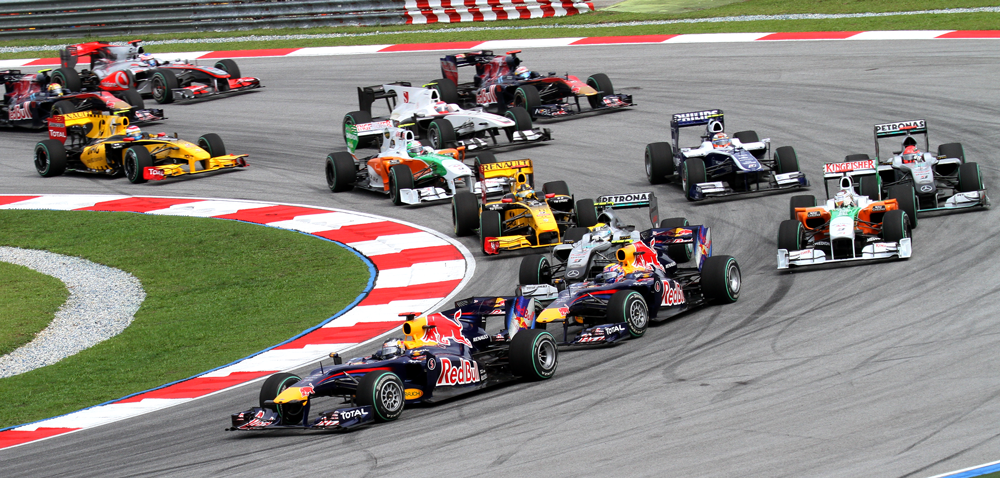
The Malaysian Grand Prix Photo Credit: Wikimedia Commons
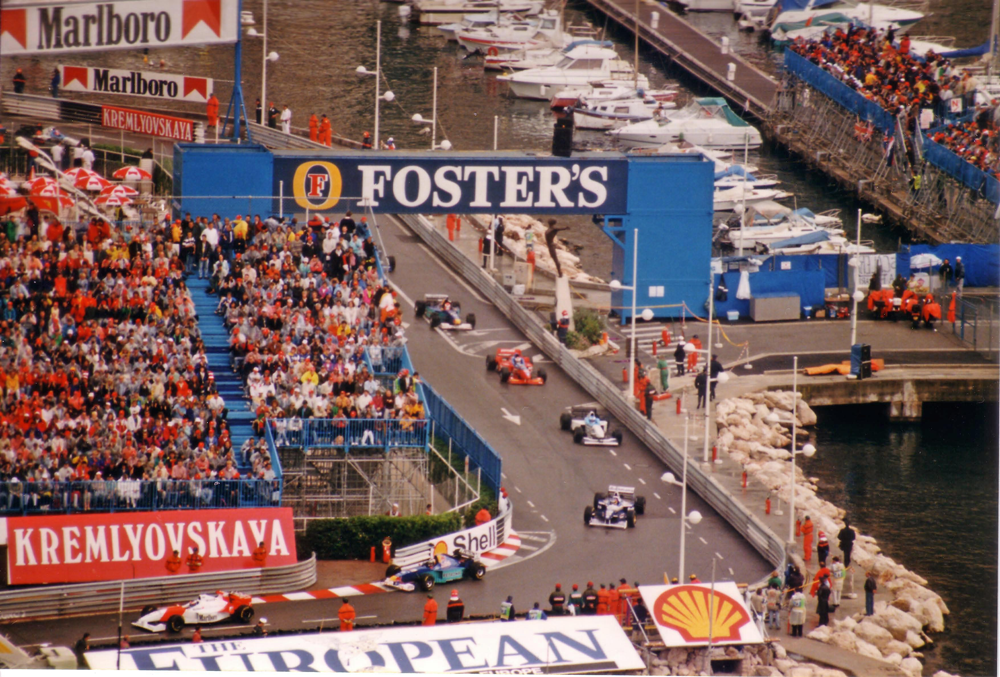
The Monaco Grand Prix Photo Credit: Wikimedia Commons
Consider, for example, prestigious Formula One racing, where cars make their way through twisting, winding courses sometimes laid out on city streets. Formula One racers experience forces that surpass those felt by astronauts. Imagine going from zero to sixty in under two seconds. Yet they achieve this feat with engines smaller than the fuel efficient Honda Civic.
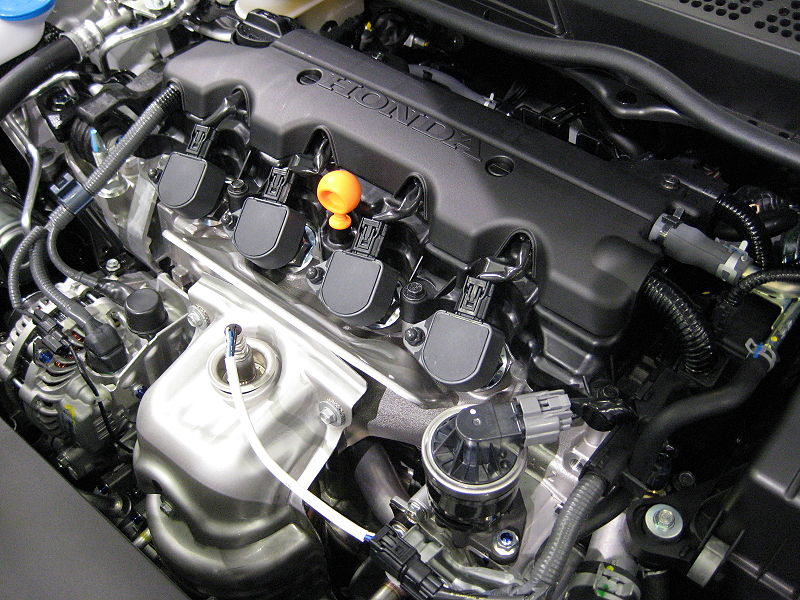
Honda R18A Engine Photo Credit: Wikimedia Commons
When you purchase a Civic with a 1.8 liter engine, that's the total volume inside the engine's cylinders. More volume makes room for bigger explosions and more power. Midsize passenger cars may have two to four liter engines. Large pickup trucks and SUVs run in the four to six liter range. Formula One cars are limited by rules to a mere 1.6 liters.
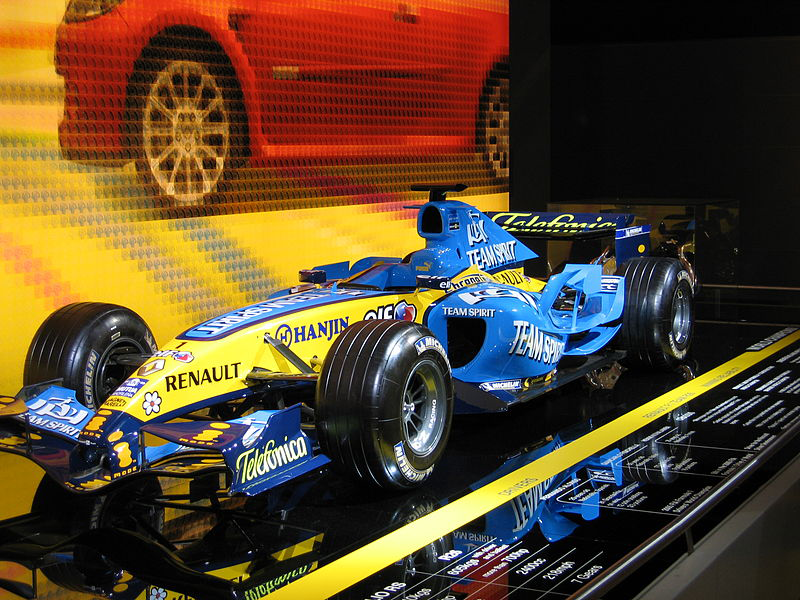
Renault Formula 1 Car Photo Credit: Wikimedia Commons
Of course, the power an engine delivers depends on more than volume. But overall, the trend in racing is toward smaller engines. Back in 1989, Formula One engines were more than twice as large as today.
Engine volume is just one of a list of restrictions faced by racing teams; a list so long it's difficult to keep track of. It's the 'formula' cars must follow, thus giving rise to the sport's name.
Why all the restrictions? The reasons are many. Safety has always been a foremost concern. Cost is important, too. By limiting horrendously expensive practices, more teams are able to compete.
But another key reason is staying in touch with the times. Top tier auto racing is about making money. Spectators must be drawn to the sport, and car manufacturers need to display their engineering prowess. With the shift toward more fuel efficient passenger cars, much of the racing world is following suit.
Formula One racing places limits on the amount of fuel a car can use, an amount that's decreased over the years. This in turn has forced Formula One cars to adopt Kinetic Energy Recovery Systems -- systems that capture energy lost to braking and, more recently, to exhaust heat. Formula One engineers may well be pioneering the next generation of fuel saving technology for the cars we drive.
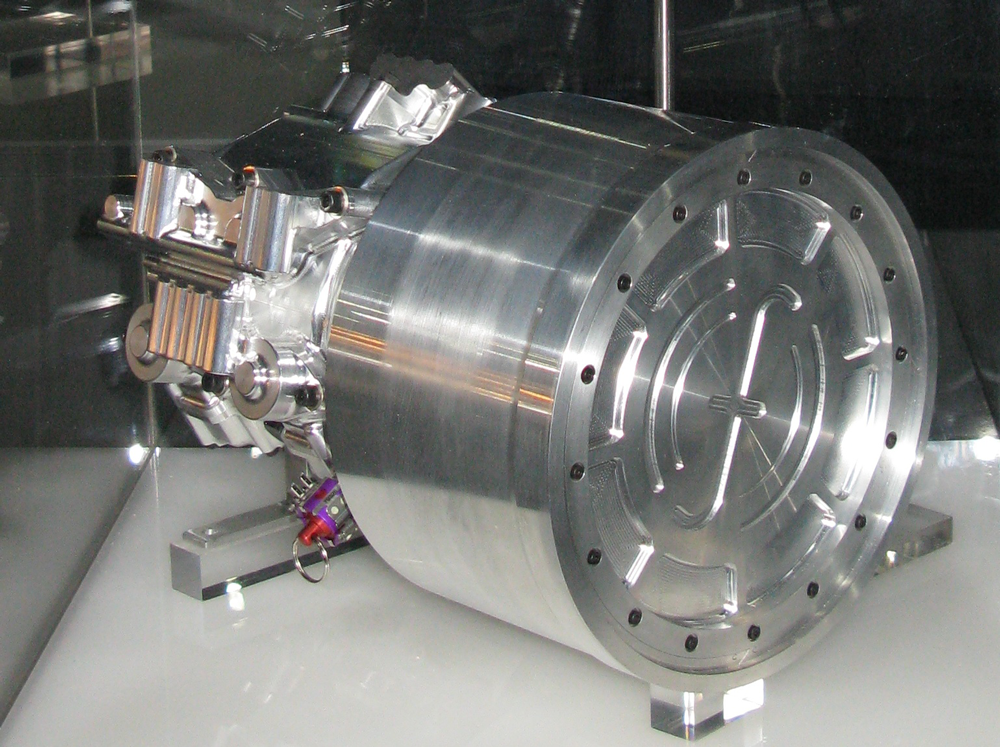
Kinetic Energy Recovery System Photo Credit: Wikimedia Commons
And therein lies a less obvious but very important reason for the restrictions placed on race teams. Set goals, but also set limits, and engineers will push those limits. That can lead to exciting new technologies. But it also forces new problems and concerns to the surface. And that's why the racing formula is constantly undergoing change.
I'm Andy Boyd at the University of Houston, where we're interested in the way inventive minds work.
(Theme music)
Special thanks to Michael Boyd for bringing this topic to my attention.
Note: Two important characteristics in engine power other than engine volume (more commonly known as engine displacement) are engine speed and the amount of fuel exploded during each stroke of the pistons. Both have been part of the Formula One formula over the years.
Engine speed is measured in revolutions per minute (RPM), equivalent to the number of times a piston completes one full stroke. A higher RPM corresponds to more explosions per minute and more power. (Pressing on a car's accelerator increases the RPM.) Racing engines are designed to operate in the neighborhood of three times the number of RPM of passenger cars. This contributes to the special sound made by Formula One cars.
When more fuel is pumped into the cylinder's combustion chamber it's possible to create a larger explosion, but to do so requires additional air for the explosion to proceed properly. This is typically achieved with the use of turbochargers, which are regulated.
L. Edmondson. 2014's Engines Explained. January 26, 2014. From the ESPN website: http://en.espn.co.uk/f1/motorsport/story/141011.html. Accessed June 16, 2015.
The History of Formula One Regulations. From the Wikipedia website: https://en.wikipedia.org/wiki/History_of_Formula_One_regulations. Accessed May 13, 2015.
This episode was first aired on June 25, 2015